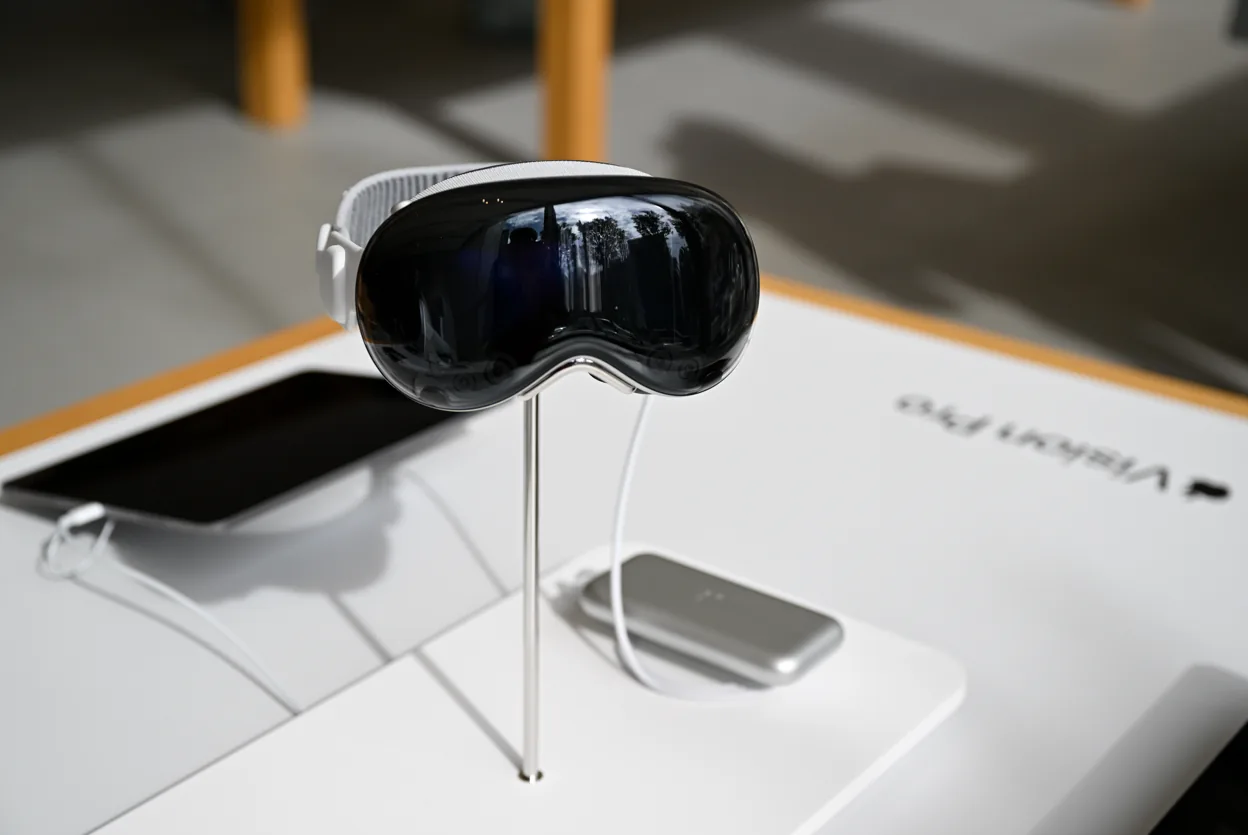Expansion on Horizon: Report Hints at Apple Vision Pro’s Global Availability

Apple Vision Pro’s VisionOS Code Hints at Multilingual Support, Report Claims

Apple Vision Pro could soon be launched in multiple countries, according to a report. The Cupertino-based tech giant unveiled its first mixed reality (supporting both augmented reality and virtual reality) headset at its annual Worldwide Developers Conference (WWDC) in 2023. It later went on sale in the US in 2024. While there have been reports suggesting the headset’s expansion to other regions, the company has not shared any such plans yet. But now, a report has found clues about which countries could be the first to get the Vision Pro hidden within the device’s operating system’s codes.
The strings of codes in VisionOS, where the hints for the expansion of the Apple Vision Pro were first spotted by MacRumors. The virtual keyboard for the device currently only supports the English (US) language. However, the report mentions that the codes suggest that support for 12 more languages will be added.
These 12 languages include Cantonese – Traditional, Chinese – Simplified, English (Australia), English (Canada), English (Japan), English (Singapore), English (UK), French (Canada), French (France), German (Germany), Japanese, and Korean. Since the inclusion of the language also mentions the region, the report claims that China, Australia, Canada, Japan, Singapore, the UK, France, and Germany may become the first to see the headset being sold in their countries. Notably, India is not mentioned in the list.




















